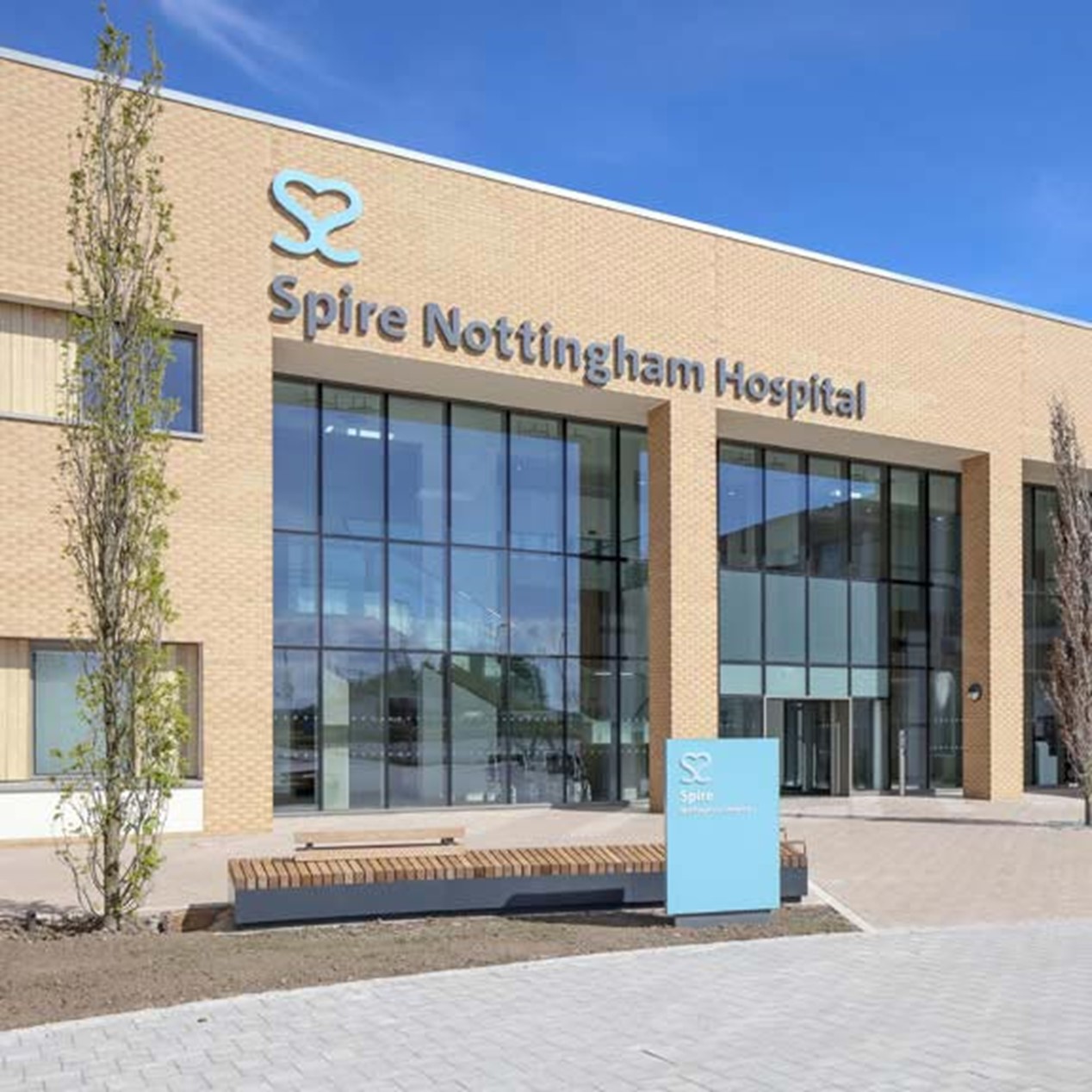View this treatment at your local spire Spire Hospital
- Local pricing
- Consultants near you
- Payment options
- Local pricing
- Consultants near you
- Payment options
Sometimes arthritis of the knee in a young or middle-aged patient is best treated by this operation, which alters the way forces cross the knee.
Why you might need it
Sometimes arthritis of the knee in a young or middle-aged patient is best treated by an operation that alters the way forces cross the knee, taking pressure off the damaged joint surface. Typically people have slightly bowed legs and get more wear of the articular cartilage on the inside of the knee.
Osteotomy means to surgically break the tibia under control. After the tibia is broken it can be realigned into a better position and allowed to heal. Once healed, the force of the body is transmitted mainly through undamaged cartilage, and patients will have less pain and swelling. For the operation to be effective the arthritis needs to be confined to one area of the knee only. The rest of the joint must be healthy.
Before suggesting an osteotomy, our orthopaedic consultants prefer to try and control your symptoms with physiotherapy, anti-inflammatory medication and, possibly, keyhole surgery. If these techniques are not successful then an osteotomy would be considered.
Osteotomy is usually not suitable for patients much over the age of 60.
Find a Spire hospital offering this treatment

Who will do it?
Our patients are at the heart of what we do and we want you to be in control of your care. To us, that means you can choose the consultant you want to see, and when you want. They'll be with you every step of the way.
All of our consultants are of the highest calibre and benefit from working in our modern, well-equipped hospitals.
Our consultants have high standards to meet, often holding specialist NHS posts and delivering expertise in complex sub-specialty surgeries. Many of our consultants have international reputations for their research in their specialised field.
Before your treatment
You will have a formal consultation with a healthcare professional. During this time you will be able to explain your medical history, symptoms and raise any concerns that you might have.
We will also discuss with you whether any further diagnostic tests, such as scans or blood tests, are needed. Any additional costs will be discussed before further tests are carried out.
Preparing for your treatment
We've tried to make your experience with us as easy and relaxed as possible.
For more information on visiting hours, our food, what to pack if you're staying with us, parking and all those other important practicalities, please visit our patient information pages.
Our dedicated team will also give you tailored advice to follow in the run up to your visit.
The procedure
Under general anaesthetic, a 15 cm incision is made over the upper part of the tibia (shin bone). The bone is cut almost all the way across using X-rays to guide the cut.
The alignment of the tibia is then carefully adjusted by opening this cut in the bone until the desired alignment is reached. The bone is then fixed with a plate that is held in place with screws. This is called an opening wedge osteotomy.
The triangular gap in the bone will fill in with new bone over the next few months after surgery.
Aftercare
Most patients are ready to go home after 48 hours. The plate and screws are made of titanium and are very strong so you can partially bear weight on the operated leg with crutches. After six weeks, if the X-rays show the tibia is healing well you can progress to full weight bearing and dispense with your crutches as the discomfort settles.
Why choose Spire?
We are committed to delivering excellent individual care and customer service across our network of hospitals, clinics and specialist care centres around the UK. Our dedicated and highly trained team aim to achieve consistently excellent results. For us it's more than just treating patients, it's about looking after people.
Important to note
The treatment described on this page may be adapted to meet your individual needs, so it's important to follow your healthcare professional's advice and raise any questions that you may have with them.

